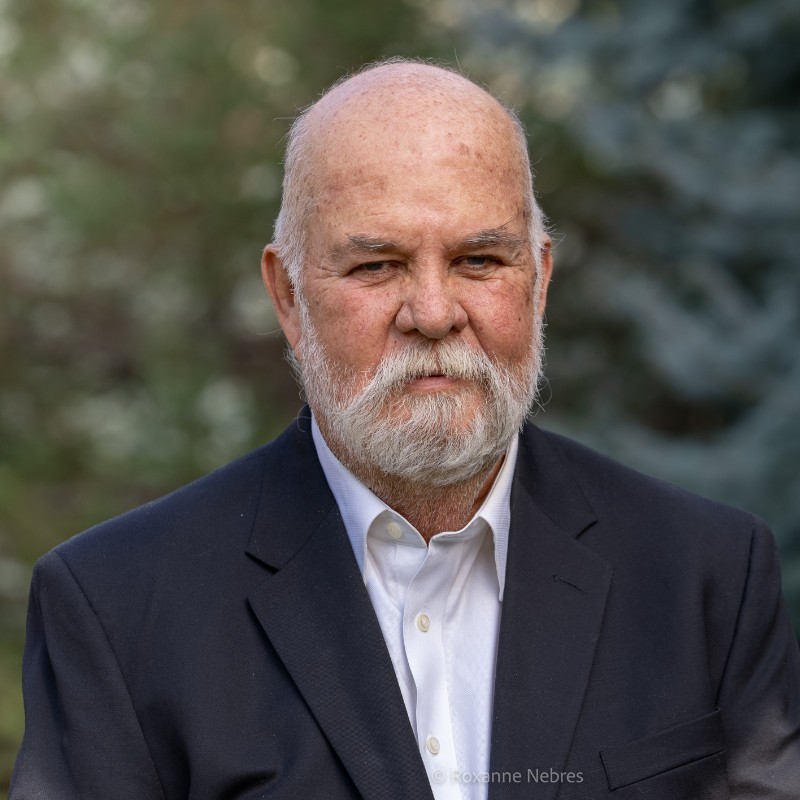“I found retirement really, really boring,” says Tim Choate, Founder and CEO of RedAwning. For this serial entrepreneur with a talent for spotting digital opportunities, boredom ...
PREIshare Innovates the Landscape of Real Estate Syndication With Liquidity




After syndicating over $7.5 billion in real estate deals and selling his previous company with $1 billion in assets under management, Michael Anderson, President and CEO of PREIshare, could have enjoyed a well-earned retirement. Instead, he’s tackling one of the industry’s most persistent challenges: the lack of liquidity for limited partners in real estate syndication deals.
“The thing that’s always perturbed me is that the sponsor and the LP interest have never really been fully aligned,” says Anderson, reflecting on his 42-year career in real estate syndication. “When I sold my company and intended to retire, that just bugged me, so I figured I still had some work left to do.”
The Fundamental Misalignment
The traditional real estate syndication model creates an inherent conflict between sponsors (syndicators) and their limited partners (LPs). As Anderson explains, “A syndicator really wants to own the real estate forever, because it provides ongoing revenue for them through property management, asset management, and a number of other areas. And the LP invested maybe for the kids’ college education or for a better lifestyle. Their intent was never to hold the real estate asset long term.”
This misalignment becomes particularly problematic when investors need access to their capital. Anderson recalls fielding calls from investors facing unexpected financial needs: “My wife’s in the hospital, and insurance is not paying all of her expenses. I would like to cash out my assets with you guys and pay her hospital bills. Or, hell, I just want the new Ferrari.”
The standard response from syndicators has always been the same: “You’re invested in real estate. It’s not liquid.” But Anderson challenges this long-accepted premise: “Truth of the matter is, they didn’t invest in real estate. They invested in an LP. They owned a company that owned the real estate. And that’s a security. And that should be liquid.”
Creating a Secondary Marketplace


PREIshare’s solution is elegantly simple in concept yet innovative in practice: create a secondary marketplace where LP interests can be bought and sold, providing liquidity to investors while allowing syndicators to maintain ownership of the underlying assets.
“What we’re doing is we started with just the idea that we would build a marketplace,” Anderson explains. “We started growing our database of investors that are already invested in real estate, and one of the best ways to do that was to work with existing syndicators and help them do their raise, but in the process having them change their operating agreements by agreement that they would allow for people to move in and out of assets.”
This approach required both legal innovation and technological development. On the legal side, Anderson had to challenge decades of standard operating agreements that explicitly stated investments were illiquid.
“I always think that pretty much there is only one set of legal documents that govern a syndicated real estate transaction, and all the attorneys just use them and then charge you a lot of money like they originated them,” Anderson says. “All operating agreements and also the PPM [private placement memorandums]… they all say that ‘You do understand that you’re investing in real estate, and this is not liquid.’ I mean, it was not like I made that up. That was a rule when I got into it back in the 70s.”
Regulatory Evolution Creates Opportunity
The opportunity to create this secondary marketplace emerged largely due to regulatory changes, specifically the introduction of Regulation 506(c) during the Obama administration. Before this change, syndicators operated under Regulation 506(b), which required them to have a prior relationship with investors before including them in deals.
“With REG B, I couldn’t take somebody outside the existing investment unless it was somebody I had a prior relationship with,” Anderson explains. “So when somebody came to me and said, ‘I need to get out for whatever reason,’ then my options were either to buy it myself… or I can tell somebody else in the existing deal. Or I can maybe see if I can find somebody in my current stable of investors that would be interested in purchasing it, but it’s a very limited market.”
The shift to Regulation 506(c) opened up new possibilities: “Now that most everybody’s either doing 506(b) with a (c) or just doing a 506(c), then you can go to a broader market. That’s what allowed us to kind of move towards doing the listing of it, being able to sell to the whole world of would-be real estate investors.”
Benefits for All Parties
The introduction of liquidity creates advantages for both syndicators and investors.
For syndicators, it means easier capital raises, since “The syndicators that we’re working with say it’s a lot easier to do a raise… When I was doing it, seven out of ten people that were referred to me by somebody else, as soon as you said, ‘Look, it’s not liquid,’ you could just hear them back-pedaling trying to get off the phone as quick as they could.” It also enables longer hold periods, “The syndicator can hold the real estate indefinitely… If I had sold that company based on $6.5 billion of assets under management and those fees and so forth, I moved from the eight-digit category to the nine-digit neighborhood.” Finally, it opens the door to new investment relationships, “We pick up a brand new investor, new incredible investor that just slotted in, replacing the other one. So that’s just one more person we can work with.”
Advantages for investors align more closely with their financial goals and flexibility. It gives them control over their investment, “They have control of their money, they can get out whenever they want.” And it also gives the opportunity for compounding growth. “If you took that cash out maybe once or twice in that period of time and reinvested it… that return goes to, in that same six-year period, 20-30% or maybe 10x versus 2x over the same period of time.”
The Technology Challenge
While the concept may be straightforward, implementation has proven complex. Anderson candidly admits that building the technology platform has been a significant learning curve.
“When I formed up the team, I hired a bunch of real estate guys and brought them on as partners into it. And come to find out, after about a year, we realized that we’re not really a real estate company. We’re a technology company with real estate as a byproduct.”
This realization led to significant investment in technology development: “We’ve had a tremendous learning curve, I would say, in the form of spending a lot of cash trying to figure out how to be a technology company. But we’re getting there.”
The platform, called “listing hub,” is now in its third iteration and available on both the Apple Store and Google Store. “Finally, we got something that is on a bigger, stable, more enterprise platform,” Anderson says, though he acknowledges the ongoing challenges of technology development: “Because I don’t know technology, I listen to these guys yak about stuff, and the only thing I recognize is something that costs me money.”
Why Hasn’t This Been Done Before?
Given the clear benefits, it’s fair to ask why the solution took so long to catch on. Anderson attributes it primarily to industry inertia and the regulatory environment.
“I think the big deal is paradigms. For years and years, the preferred tool was the REG B, so it was prior relationship, which meant you had a limited amount of liquidity based on having to have prior relationship, even to do the replacement.”
Even after regulatory changes made broader marketing possible, the industry was slow to adapt: “We’re so ensconced into how to operate a syndication based on Regulation B, 506(b), that we never realized what the possibilities of Regulation C offering meant to us.”
Looking Forward
PREIshare is currently working with approximately 120-130 syndicators, and according to Anderson, the response has been overwhelmingly positive: “I haven’t talked to the guys that I’m working with, the new syndicators, that haven’t said much improvement. It’s like the best thing since sliced bread in our industry.”
The company’s immediate focus is on education, “Another aspect that I never anticipated is educating… the attorneys, educating investors and sponsors that, hey, there might be a better tool out there than the one we’re using.”
For Anderson, who now finds himself on the LP side of deals, the mission is personal: “I’ve got a taste of what that feels to be on the other side of that. And I’m insisting that anybody I invest with provide me that option.”
By creating liquidity in a traditionally illiquid market, PREIshare is not only solving a long-standing problem but potentially reshaping the entire real estate syndication industry, making it more accessible, aligned, and ultimately more successful for all participants.
For more information, visit PREIshare.com.
Similar Articles
Explore similar articles from Our Team of Experts.


From his days as a software engineer at Microsoft to becoming a real estate tech entrepreneur, Daniel Tsikata’s journey reflects a common startup origin story: he encountered a problem...


“We’re experiencing a significant growth period for EV charging amenities, particularly in multi-family housing,” notes Chris Kluesener, Co-founder & CEO at Matcha Elec...


A chance conversation with a neighbor about their not-for-sale home sparked an idea that would lead Katie Hill to reimagine how the real estate industry approaches off-market properties. As ...


In an industry limited by outdated technology, Mike Lewis and his team at LoanPASS have achieved something significant: they have developed a loan decisioning engine that not only matches bu...




